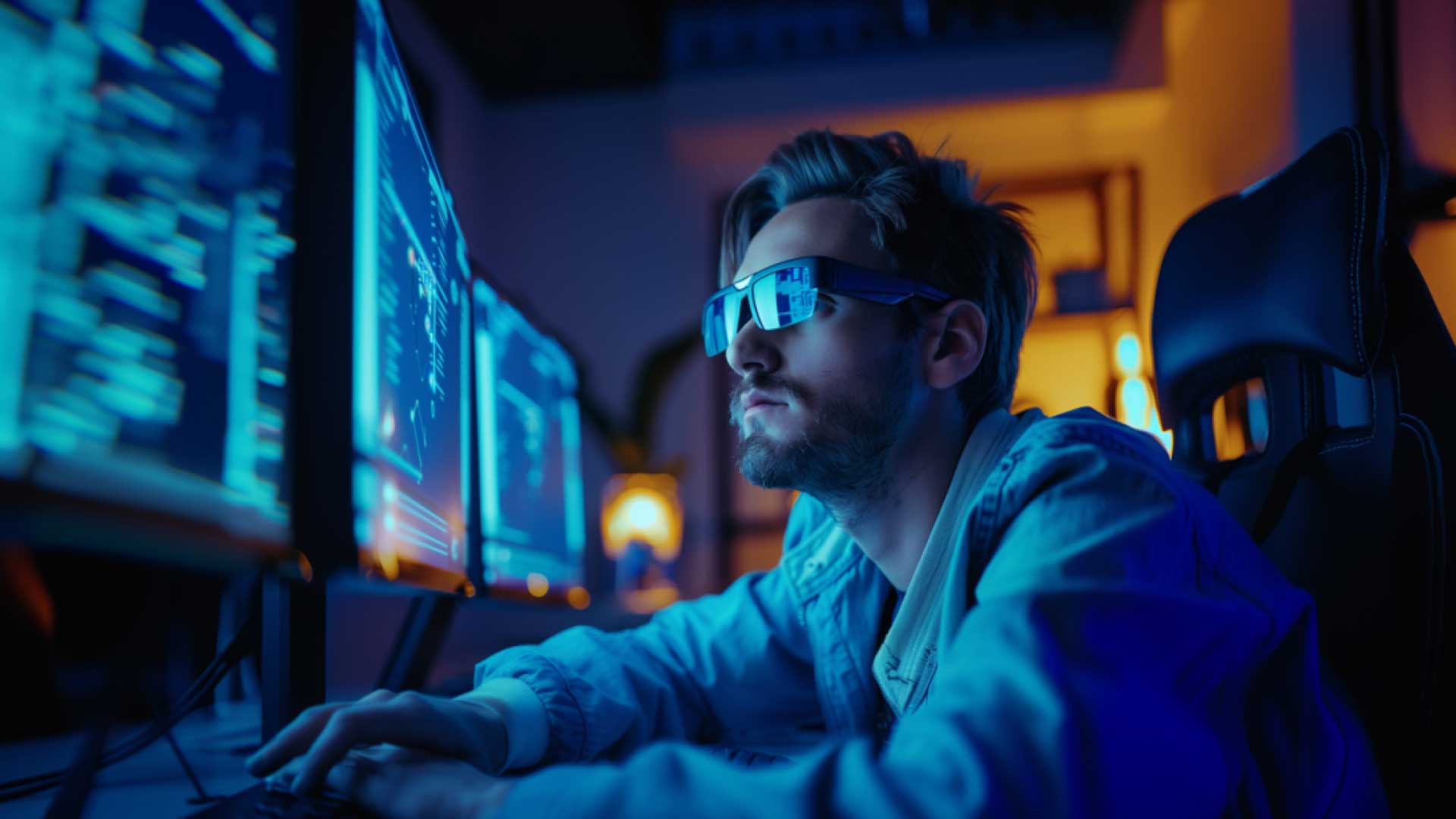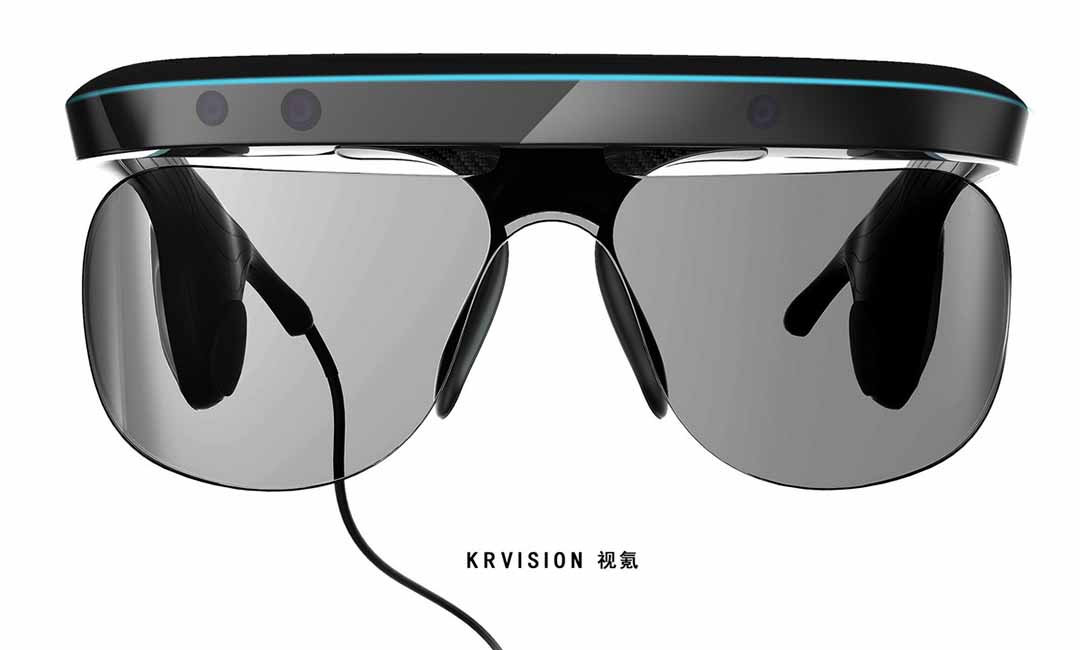Empowering Independence With Assistive Modern Technology for the Blind
The assimilation of assistive modern technology for individuals that are blind or visually damaged represents a substantial improvement in promoting self-reliance and enhancing quality of life. With a variety of gadgets-- from screen viewers to cutting-edge responsive tools-- these technologies not only promote navigation and communication however additionally advertise social inclusion and participation in different elements of life.
Recognizing Assistive Innovation
Although assistive technology has developed considerably throughout the years, its fundamental function stays the same: to boost the quality of life for people with specials needs, particularly those that are blind or visually damaged. This innovation incorporates a broad range of tools and devices that facilitate freedom and capability in daily tasks.
Assistive innovation can be classified right into state-of-the-art and low-tech services, each created to satisfy specific needs. Sophisticated tools frequently consist of software applications, specialized hardware, and adaptive tools that use innovative technology to give support in various contexts. Conversely, low-tech remedies may involve day-to-day things that are modified to enhance access, such as magnifiers or tactile markers.
The combination of assistive innovation into the lives of individuals that are blind or visually harmed not just advertises autonomy yet likewise promotes social incorporation and engagement in professional and educational settings. By leveraging these innovations, users can browse their surroundings, gain access to info, and communicate properly, consequently improving their total lifestyle. Recognizing assistive technology is vital for advocates, caregivers, and specialists who intend to support people in optimizing their possible and attaining greater freedom.
Sorts Of Assistive Instruments
Assistive tools for the aesthetically damaged and blind are important tools that boost daily living by attending to certain obstacles encountered by customers. These devices can be extensively classified into three primary types: optical tools, digital tools, and sensory tools.

Sensory devices, such as Braille display screens and responsive maps, supply alternate means to receive details. Braille presents transform electronic text right into Braille, enabling users to review touch. Tactile maps provide spatial understanding through increased lines and structures, allowing for better ecological understanding.
Together, these assistive tools equip individuals with visual disabilities to involve more completely with their environments, advertising greater self-reliance and self-confidence in daily activities.

Influence On Life
The combination of assistive modern technology into the every day lives of individuals who are aesthetically damaged or blind considerably improves their capacity to browse and connect with the world around them. Gadgets such as display visitors, Braille shows, and mobile applications promote accessibility to details, permitting customers to engage with digital material, interact efficiently, and take care of daily tasks individually.
Furthermore, modern technologies like smart glasses and navigating applications give real-time support in strange environments, enhancing movement and confidence. These tools make it possible for customers to recognize barriers, read indications, and even identify faces, hence fostering a sense of autonomy in public rooms. In addition, home automation systems, which can be managed via voice commands, enable individuals to handle their living settings much more successfully, enhancing comfort and safety and security.
The impact of assistive technology prolongs past practical jobs; it promotes social addition and emotional wellness. By linking the void in between people and their surroundings, these modern technologies empower users to get involved fully in community tasks, go after academic chances, and participate in significant connections. Eventually, the innovation of assistive modern technology contributes in redefining the possibilities for individuals who are blind or visually impaired, causing an extra available and inclusive culture.
Success Stories and Endorsements

One more powerful testimony originates from Mark, a recent college graduate that used display analysis software program throughout his scholastic trip. This innovation enabled him to accessibility training course products and join discussions, eventually resulting in his successful change into the labor force. Mark debts assistive innovation for empowering him to accomplish his job objectives, highlighting its function in leveling the playing area for individuals with aesthetic impairments.
Furthermore, recreation center have actually reported increased engagement in their programs many thanks to the introduction of obtainable digital systems. These platforms have made it less complicated for people to attach, share resources, and assistance one an additional. These success tales collectively emphasize the profound impact of assistive technology in fostering freedom, improving top quality of life, and damaging down obstacles for the blind and aesthetically damaged neighborhood.
Future Patterns in Assistive Technology
Arising technologies are positioned to transform the landscape of assistive tech for people who are visually damaged or blind. Technologies in expert system (AI) and equipment knowing are boosting the capacities of devices, making it possible for more user-friendly customer experiences. AI-driven applications are increasingly able to read and identify items text out loud in real-time, providing users with valuable details regarding their surroundings.
Furthermore, improvements in wearable innovation are developing new possibilities for freedom. Smart glasses furnished with augmented fact attributes can overlay essential info onto the individual's next page field of view, facilitating navigation and interaction with the atmosphere. The assimilation of Web of Points (IoT) gadgets is simplifying accessibility in clever homes, permitting individuals to manage devices and obtain notifications through voice commands or tactile interfaces.
The advancement of braille screens and click this responsive comments systems is likewise on the rise, promoting access to digital content and enhancing interaction. As these innovations proceed to develop, they guarantee to boost day-to-day living, instructional opportunities, and employment potential customers for people with visual impairments. Constant collaboration in between technologists, users, and campaigning for teams will be necessary in ensuring these technologies meet the requirements of the neighborhood efficiently.
Conclusion
Finally, assistive innovation plays a critical role in boosting the self-reliance of people that are blind or visually damaged. By offering vital tools and resources, these modern technologies promote improved access, interaction, and navigating to details, thus promoting autonomy and self-esteem. The transformative effect of assistive gadgets not only promotes efficient communication with the setting however likewise urges social inclusion and involvement in various elements of life, eventually equipping individuals to flourish within their areas.
The integration of assistive technology for individuals that are visually impaired or blind stands for a substantial development in promoting independence and improving quality of life.The assimilation of assistive innovation right into the lives of individuals who are blind or visually impaired not just promotes freedom however likewise cultivates social addition and engagement in expert and academic settings. Inevitably, the advancement of assistive technology is important in redefining the possibilities for people who are blind or a knockout post aesthetically damaged, leading to a much more obtainable and comprehensive culture.
Numerous individuals who are blind or visually impaired have shared motivating success stories that highlight the transformative effect of assistive innovation on their lives.In conclusion, assistive innovation plays a pivotal function in enhancing the independence of people who are blind or aesthetically impaired.